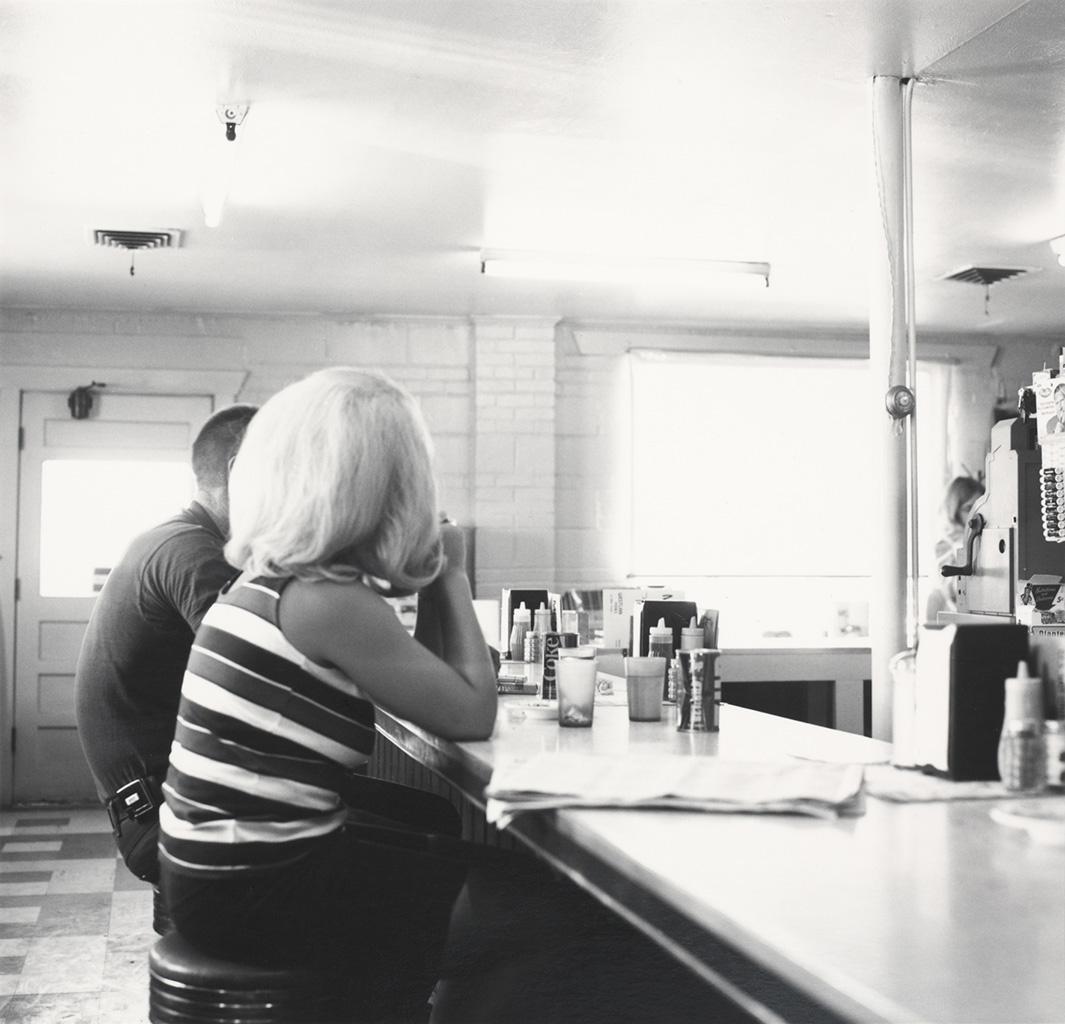For more than half a century, Robert Adams has walked, photographed, and lived the American West: from majestic redwood forests to asphalt rimmed tract homes. “The Place We Live,” a retrospective of Adams’ work organized by the Yale University Art Gallery, mourns the environmental decline of this majestic frontier while cherishing unexpected moments of beauty that persist, often within the frame of a single photograph.
Adams’ photographic pursuits began in 1962, around the time he began teaching English at Colorado College. Documenting the explosive development of suburbia in Colorado Springs, Colo., Adams made a surprising discovery in the darkroom. “I thought I was taking pictures of things that I hated, but there was something about these pictures. … They were unexpectedly, disconcertingly glorious.”
The New West, published in 1974, brought Adams’ landscape work to light for the first time. In the introduction to the original book, John Szarkowski wrote about the project: “The landscape is, for us, the place we live. If we have used it badly, we cannot therefore scorn it, without scorning ourselves. If we have abused it, broken its health, and erected upon it memorials to our ignorance, it is still our place and before we can proceed we must learn to love it.”
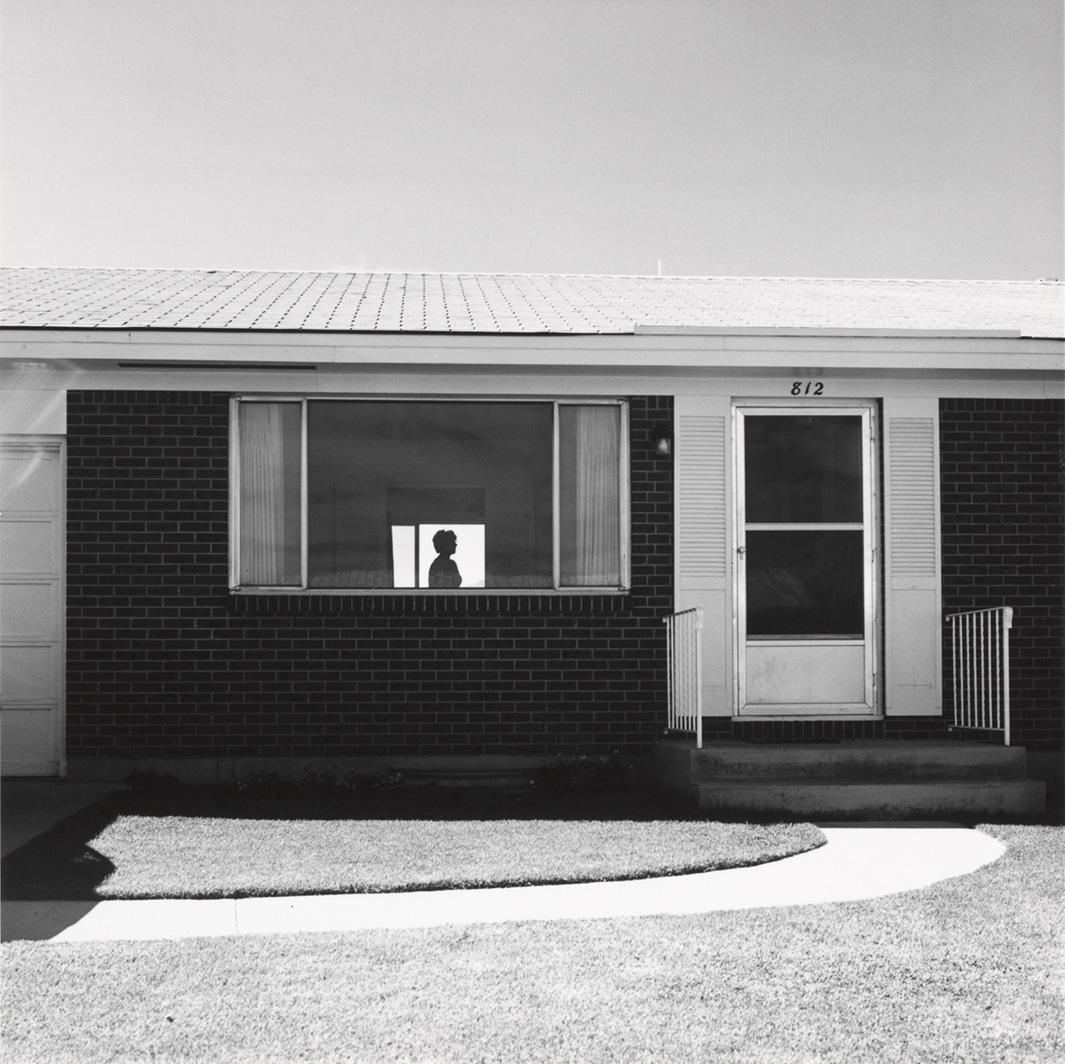
Photo by Robert Adams. Courtesy of Fraenkel Gallery and Matthew Marks Gallery.
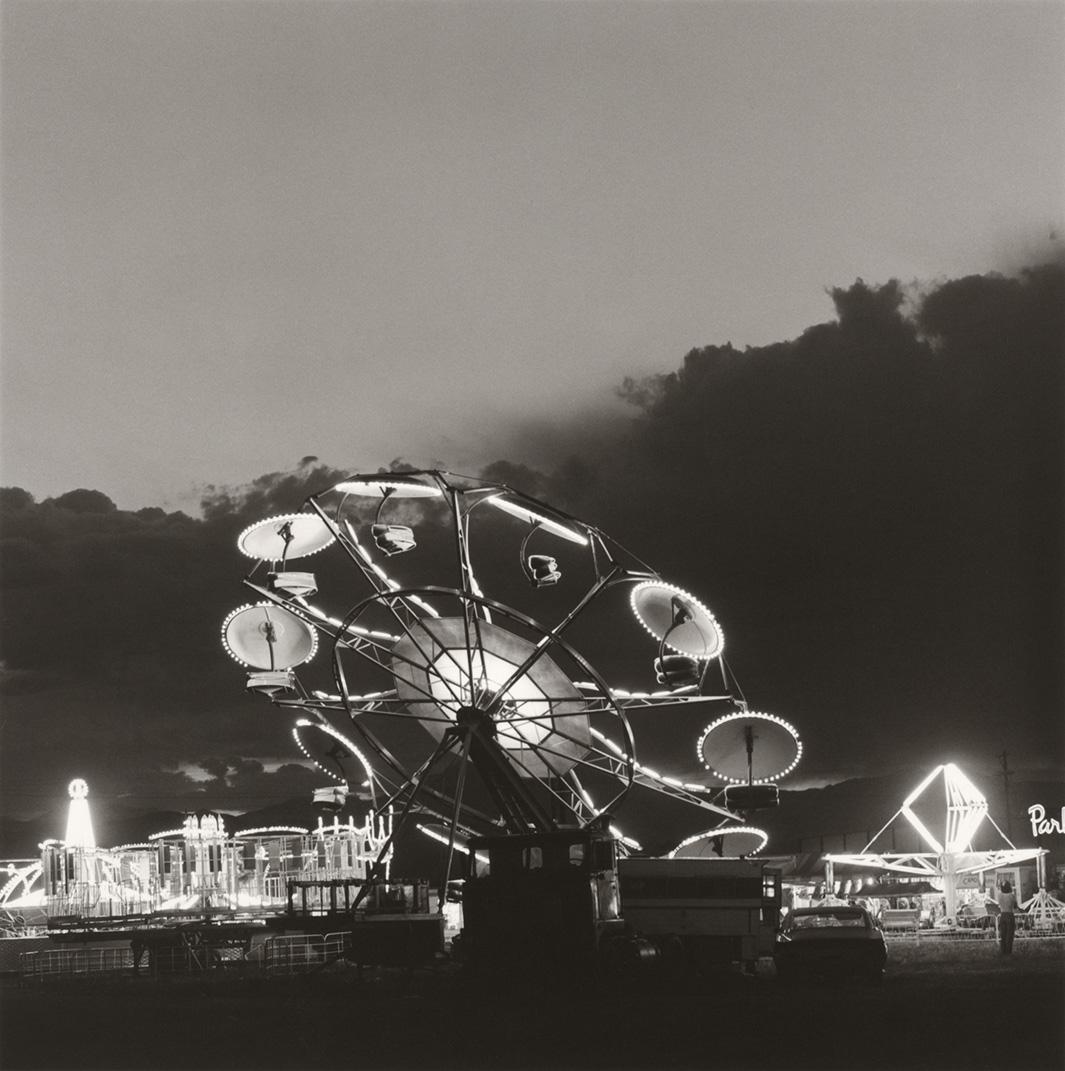
Photo by Robert Adams. Courtesy of Fraenkel Gallery and Matthew Marks Gallery.
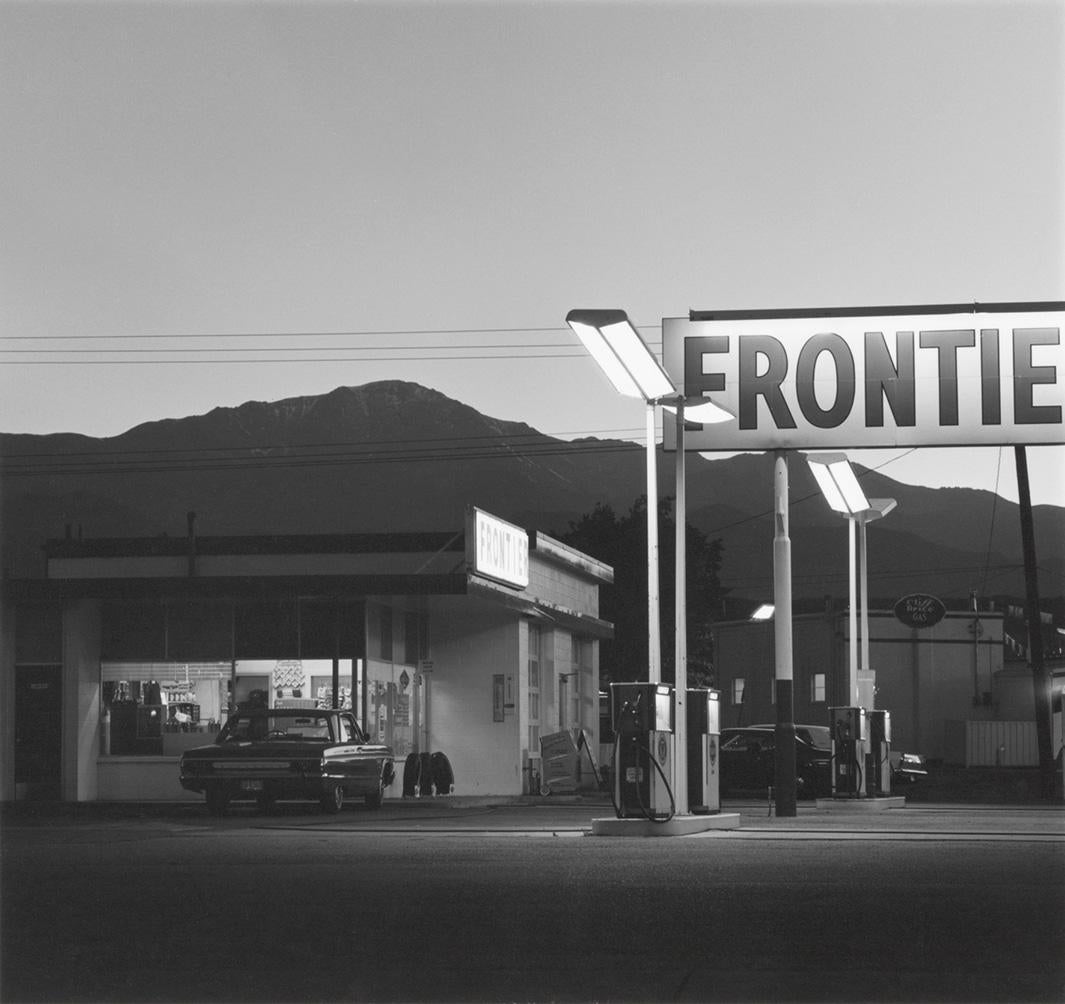
Photo by Robert Adams. Courtesy of Fraenkel Gallery and Matthew Marks Gallery.
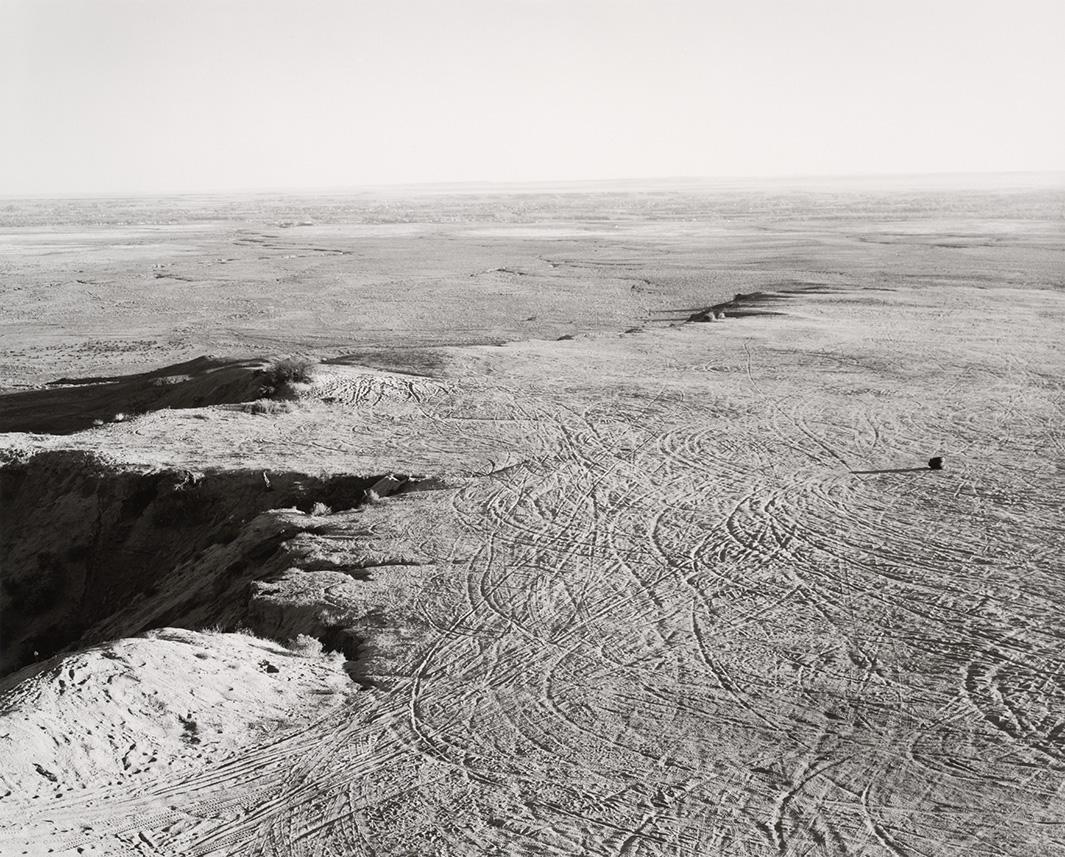
Photo by Robert Adams. Courtesy of Fraenkel Gallery and Matthew Marks Gallery.
Along with widespread critical acclaim (as well as receiving many awards and fellowships, most recently from the Hasselblad Foundation), Adams has been subject to criticism in presenting tragically overdeveloped landscapes that contradict the sublime idealization of the formerly Wild West. “Why open our eyes anywhere but in undamaged places like national parks?” asks Adams. “One reason is, of course, we do not live in parks, that we need to improve things at home, and that to do it we have to see the facts without blinking. … Paradoxically, however, we also need to see the whole geography, natural and man-made, to experience a peace; all land, no matter what has happened to it, has over it a grace, an absolutely persistent beauty.”
“The Place We Live” deliberately invites viewers to question their beliefs about their surroundings and what obligations result from that understanding. Joshua Chuang, co-curator of the exhibition and associate curator of photography and digital media at Yale University Art Gallery, says that “really ‘getting’ the work requires a modicum of inner stillness, which is hard to come by in our increasingly frenetic lives. At first glace, the pictures seem unremarkable since they lack grandiose scale and drama. But Adams tends to record views that we’d otherwise dismiss as insignificant or banal, and finds in them a measure of hard-won beauty that is extraordinary in context. We pay attention to this balance in his work because it is presented without hyperbole.”
“The Place We Live” is on view at the Jeu De Paume Gallery in Paris through May 18.
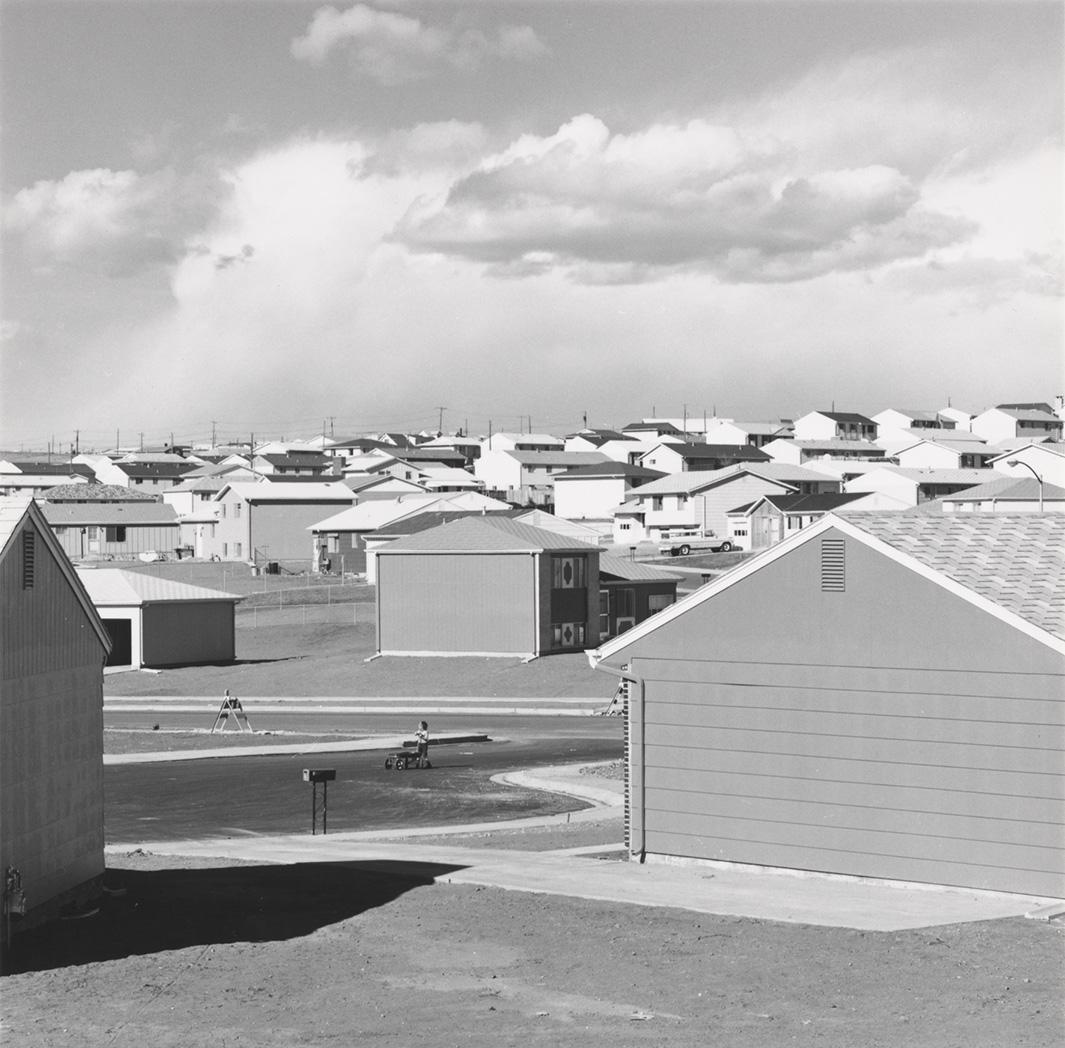
Photo by Robert Adams. Courtesy of Fraenkel Gallery and Matthew Marks Gallery.
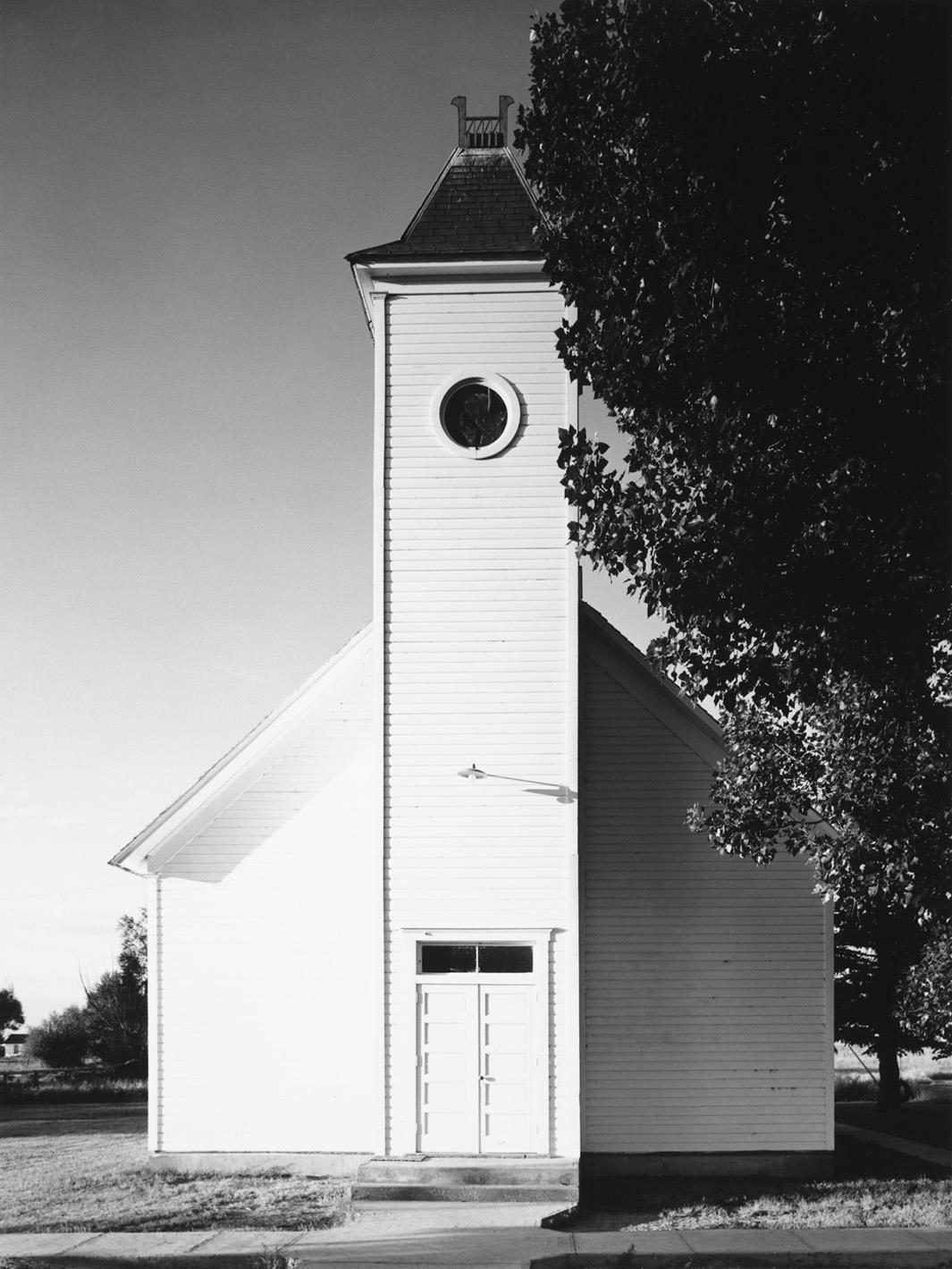
Photo by Robert Adams. Courtesy of Fraenkel Gallery and Matthew Marks Gallery.

Photo by Robert Adams. Courtesy of Fraenkel Gallery and Matthew Marks Gallery.
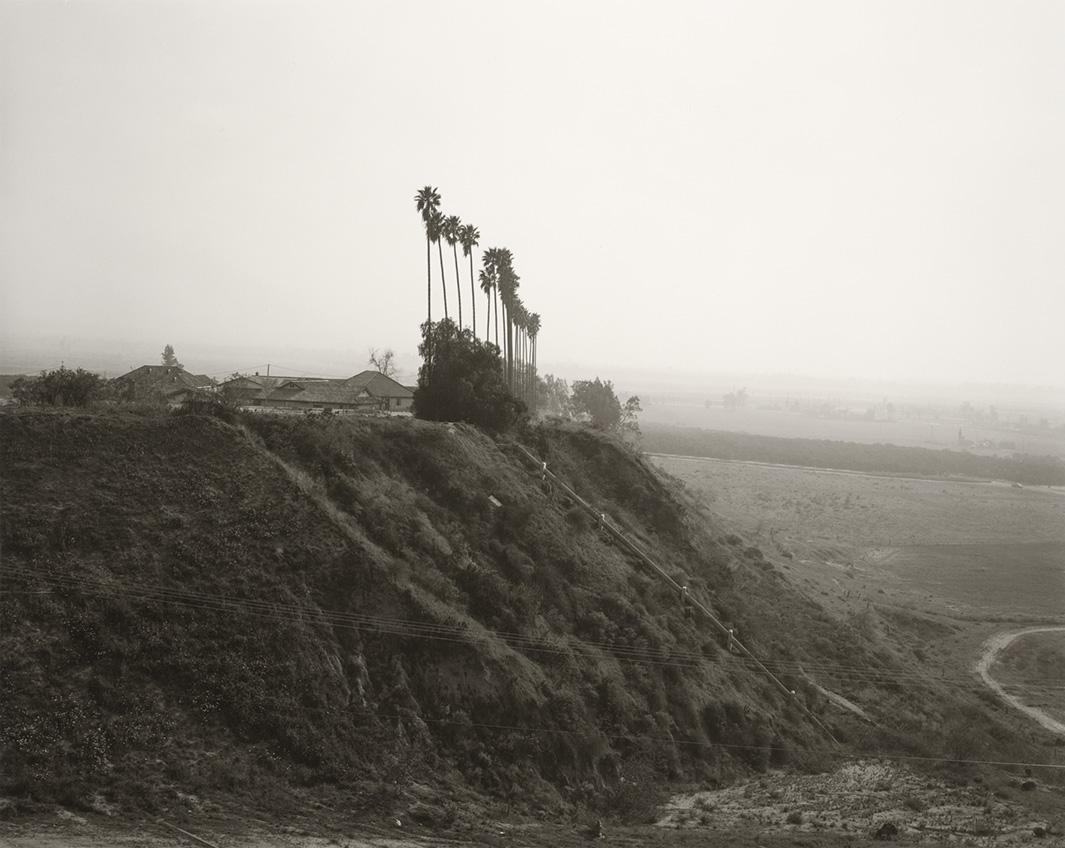
Photo by Robert Adams. Courtesy of Fraenkel Gallery and Matthew Marks Gallery.
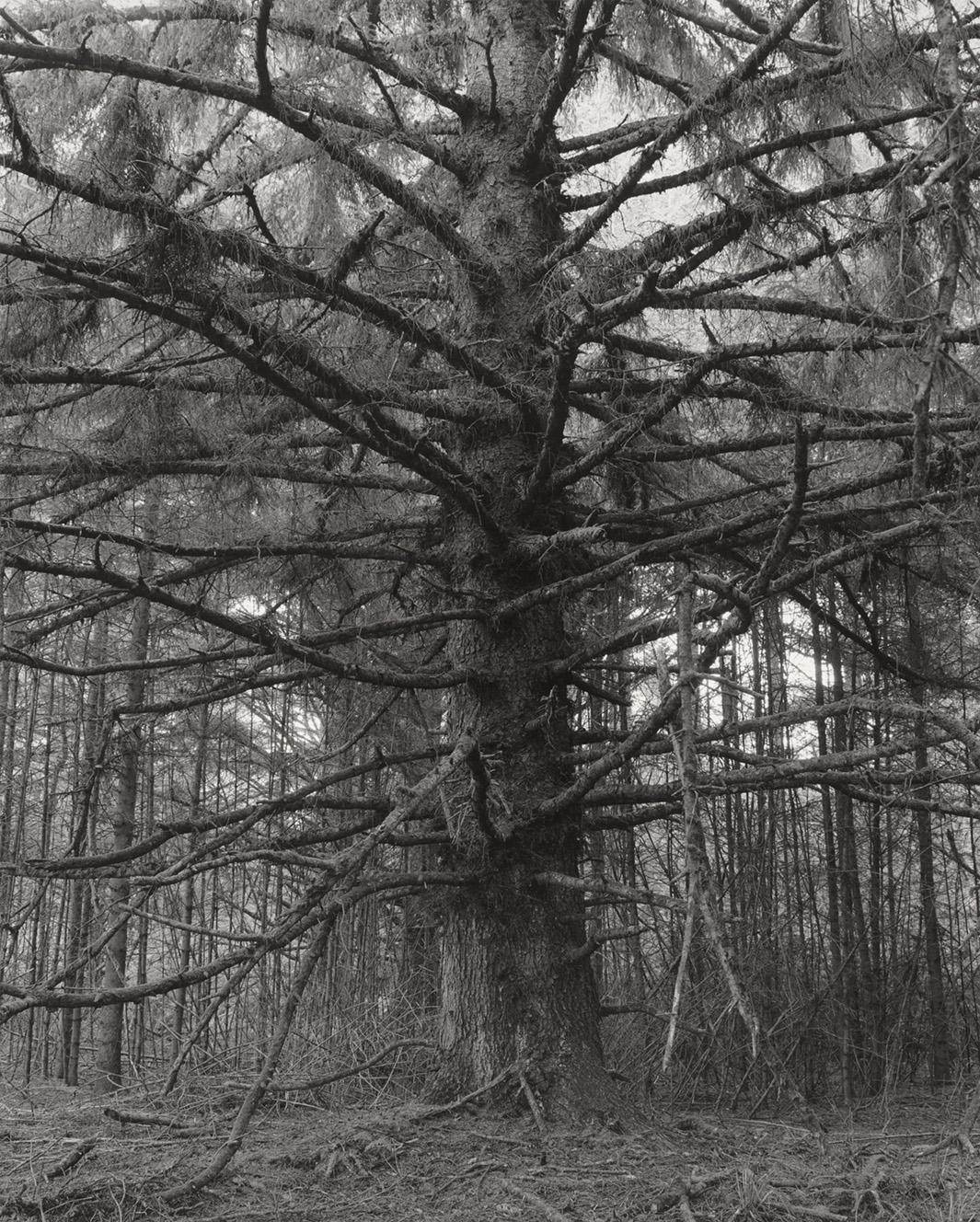
Photo by Robert Adams. Courtesy of Fraenkel Gallery and Matthew Marks Gallery.
